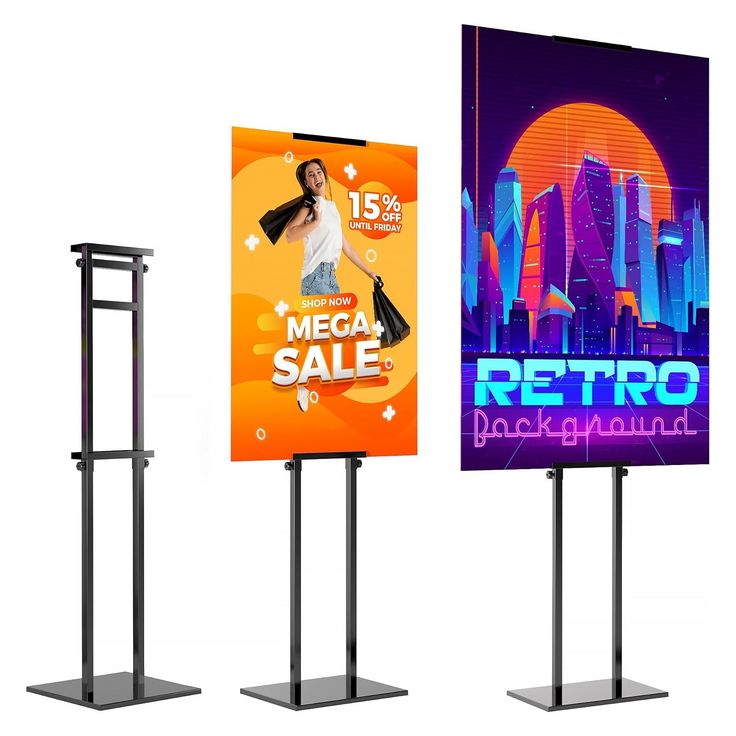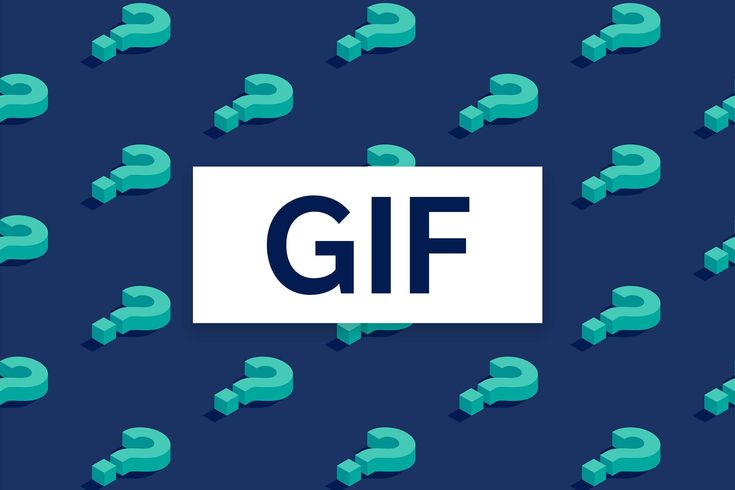WYLL stands for “What You Look Like.” It is a popular slang acronym commonly used in online chats, texts, and social media platforms. This abbreviation is a quick and casual way for individuals to inquire about someone’s physical appearance, often accompanied by a request for a photo or description. WYLL has become especially prevalent on platforms like Snapchat, where visual communication is a central feature.
While the term might seem straightforward, it carries significant cultural implications. It reflects both the efficiency of modern online language and the broader impact of appearance-focused interaction in the digital era.
The Origin of WYLL
The acronym WYLL is believed to have originated in early 2020, evolving as a natural product of shortened text communication. With the increasing popularity of messaging apps like Snapchat, where quick exchanges are the norm, acronyms like WYLL grew as a means to streamline conversations.
By 2022, WYLL had become deeply ingrained in online slang, particularly among Generation Z users. Though its specific origins remain unclear, its rise aligns with the tendency of digital users to condense common questions into acronyms, similar to popular examples like:
- WYD – “What You Doing?”
- WYA – “Where You At?”
- HMU – “Hit Me Up”
- TBH – “To Be Honest”
WYLL mirrors the broader trend of conversational efficiency and instant connection characteristic of today’s digital communication spaces.
How WYLL Is Used
Common Usage in Social Media
WYLL is most often used in one-on-one conversations on platforms where visual sharing is routine. Here’s how it typically appears in various contexts:
- Snapchat and Instagram DMs
WYLL is commonly deployed when a new connection prompts curiosity about someone’s appearance but hasn’t yet shared a photo.
- Flirting and Online Dating
It frequently surfaces in early-stage conversations on dating apps or in friendly chats, often serving as a precursor to deeper interactions.
- Group Chats or New Introductions
When someone connects with a new group, WYLL might be used casually to break the ice and learn more about the person.
- Gaming Communities
WYLL is also used in gaming circles, especially when players who are already chatting with voice communication want to connect faces to voices.
Platform-Specific Trends
Snapchat
On Snapchat, WYLL is particularly prevalent because the platform allows users to send disappearing photos, which aligns naturally with requests for pictures.
Though less dominant than on Snapchat, WYLL occasionally appears in Instagram direct messages, especially when users lack profile images or have private accounts.
TikTok and Twitter/X
On TikTok and Twitter, WYLL is less common but may still appear in private messages. Public posts using WYLL are rare, as the abbreviation often aligns with private and personal requests.
Examples of WYLL in Real Conversations
- Text Example 1:
“Hey, you seem interesting. WYLL?”
- Text Example 2:
“Added you on Snap. WYLL when you get a sec?”
These exchanges show how WYLL functions as a casual but direct way to inquire about someone’s visual identity.
The Cultural Perception of WYLL
WYLL has a mixed cultural reception, reflecting broader attitudes toward online interactions and appearance-driven communication.
Positive Perception
For many users, WYLL is a harmless and straightforward way to request photos or start visual-based conversations. It can help foster connections when curiosity arises naturally from ongoing chats.
- Long-Distance Friendships
Users reconnecting with old acquaintances might use WYLL to rediscover how someone has changed over time.
- Lighthearted Introduction
Among friend groups, WYLL might be employed jokingly to break the ice or encourage participation in photo-sharing.
Negative Perception
Critics often highlight the superficial or intrusive undertones of WYLL, particularly when it is used as a conversation opener or sent prematurely in new interactions. For some individuals, especially women, constant WYLL requests can feel objectifying.
Common Complaints About WYLL
- Being used without any prior meaningful conversation
- Repetitive WYLL requests after declining to provide photos
- Viewing it as a signal of superficial interest rather than value-based connection
For example, receiving “WYLL?” before even exchanging names might deter meaningful engagement and leave users feeling objectified.
Gender-Specific Experiences
Research into online communication trends reveals that WYLL is frequently directed toward women, often leading to frustration. Women report it as a shallow question that prioritizes appearance over personality or genuine connection.
A Typical Reaction:
“If the first thing someone asks is WYLL, that tells me they’re not interested in actual conversation.”
This highlights the need for using WYLL with sensitivity and an understanding of digital etiquette.
Best Practices for Using WYLL
Given its cultural nuances, it’s important to apply social media etiquette when using or responding to WYLL.
When Using WYLL
- Build Rapport First
Engaging in meaningful conversation before asking WYLL ensures the request doesn’t come across as intrusive.
- Be Polite and Respect Boundaries
If someone declines to share a photo after receiving WYLL, respect their decision and avoid pressuring them.
- Offer Reciprocity
Consider offering a photo of yourself before asking WYLL. This demonstrates fairness and creates a more comfortable environment.
Responding to WYLL
If you receive a WYLL request, there are several ways to respond:
- Share a Photo
If you’re comfortable, provide a recent picture or selfie within your boundaries.
- Politely Decline
Respond with, “I prefer not to share right now,” to maintain control of your personal information.
- Redirect the Conversation
Say, “You’ll have to wait for a face reveal; I’m shy!” to keep the chat lighthearted without outright declining.
Alternative Approaches
Instead of using WYLL directly, rephrasing the inquiry in a more thoughtful way can lead to better outcomes. Examples include:
- “Do you have any interesting photos you’ve taken recently?”
- “What’s your profile picture on Instagram?”
Such alternatives come across as less abrupt and invite a more comprehensive response.
WYLL in the Bigger Picture of Digital Communication
The rise of terms like WYLL reflects the shift toward brief, image-driven communication in the digital age. It highlights how younger generations prioritize visual storytelling and quick exchanges over carefully crafted conversations.
From a communication standpoint, acronyms like WYLL provide efficiency but also underscore an increasingly appearance-focused culture online. While they simplify interactions, they remind us of the importance of balancing visual interest with meaningful engagement.
Final Thoughts
WYLL, or “What You Look Like,” is more than just an internet acronym—it’s an insight into modern digital communication, emphasizing the growing intersection of efficiency, appearance, and online etiquette. Understanding its usage, origins, and cultural impact can help users better navigate social media. Whether you use WYLL often or find it overused, being mindful of context, tone, and someone else’s comfort level ultimately ensures a respectful and engaging online interaction.
By applying etiquette and leveraging creativity in how you approach WYLL, you can foster meaningful connections while staying relevant in today’s fast-evolving digital conversations.

Leave a Reply